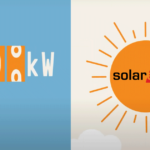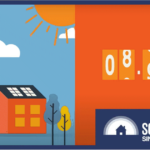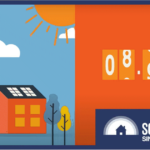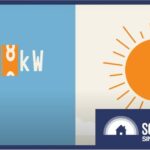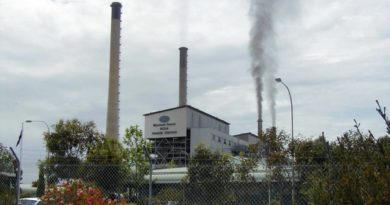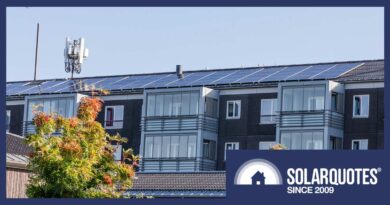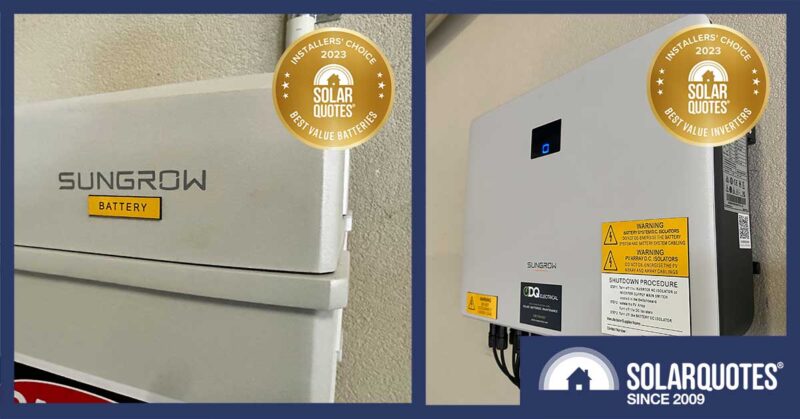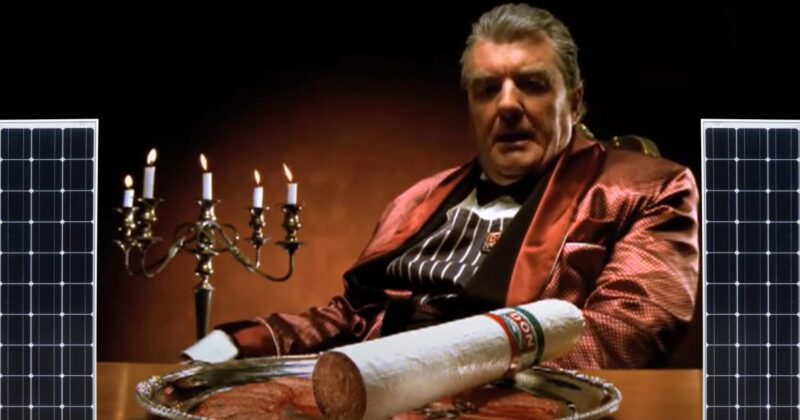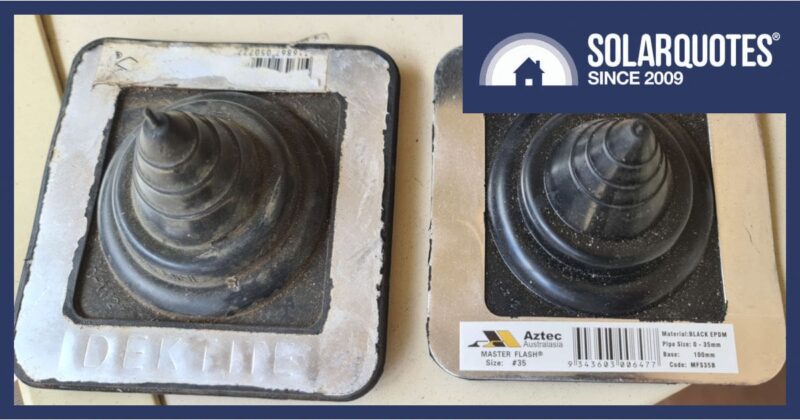Dynamic Solar Exports Are Mandatory In Victoria From Today
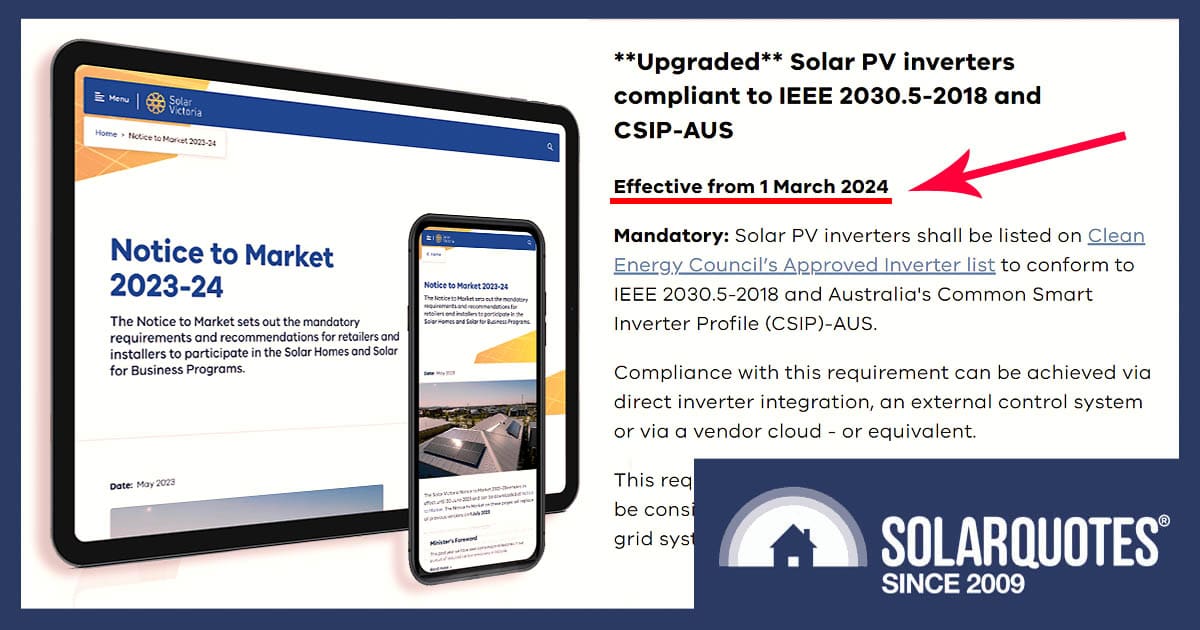
Today (March 1st) is “D Day” for inverters installed under Solar Victoria’s rebate programs. “D” for dynamic, that is.
All new inverters installed in Victoria must now be capable of remotely and dynamically adjusting their solar export limits. This was one of five mandatory requirements Solar Victoria outlined in their annual notice to market on May 2023, to be implemented by March 1st 2024.
Victoria joins early adopters South Australia (SAPN) and Queensland (Energex and Ergon networks), who began progressively rolling out dynamic or flexible export options in the second half of 2023. Other states are tipped to follow.
What Are Dynamic Solar Exports?
Dynamic exports, also known as dynamic connections or flexible exports, refer to the capability of a grid-connected inverter to adjust the amount of electricity it exports to the grid in real-time based on various factors such as network conditions and electricity demand. This is done remotely by the relevant Distributed Network Service Provider (DNSP.)
The growth of rooftop solar has led to challenges with energy generation matching demand, leading to various grid stability issues. Unlike fixed export limits, dynamic exports help address these problems by adjusting exported solar energy to align with fluctuating grid needs, akin to the natural variability of solar.
Here is an analogy I like to use:
“An electricity network with dynamic solar exports is comparable to a road network with traffic lights or roundabouts.”
A road network with traffic lights/ roundabouts adjusts the flow of traffic based on real-time conditions, just like dynamic solar exports adjust the flow of electricity based on grid demand and solar generation. Both systems help to manage congestion and optimize efficiency for smoother operation.
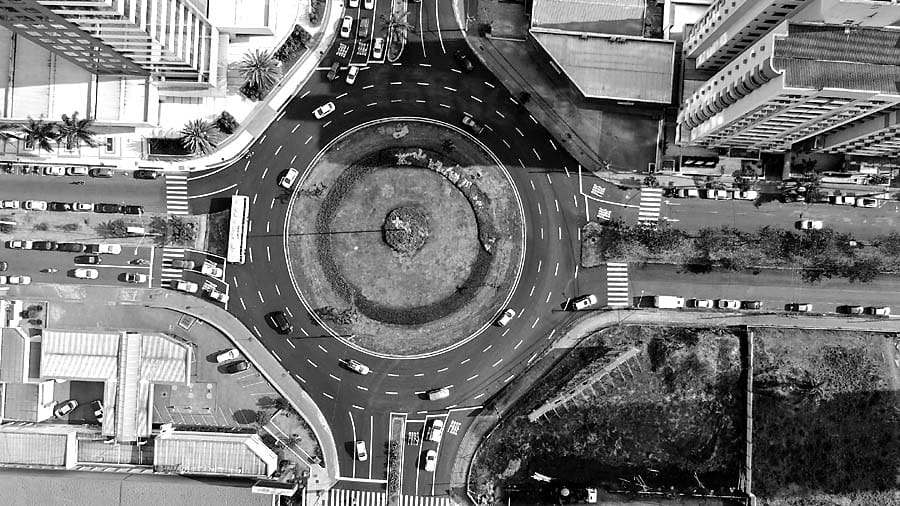
A well-designed electricity network manages congestion like a well-designed road network. Image: Rodolfo Gaion
A Win For The Consumer
The previous fixed export limit of 5 kW per phase has been effectively doubled in Victoria. New compliant inverters can now export between 1.5 kW and 10 kW per phase, likely to operate at the upper limit most of the time. For comparison, ARENA’s South Australian “Flexible Exports For Solar PV Final Trial Report“, which ran from September 2021 to March 2023, reported a higher result than expected:
“The statistical spread based on data collected in the trial shows that, on average, devices were able to export at 10kW or their inverter capacity for 99.4% of the time, far exceeding the 98% target.”
For states that have implemented dynamic exports, this means more electricity is exported to the grid on average annually, resulting in more feed-in tariffs offsetting customers’ bills and more money in their pockets. Alternatively, the lack of dynamic export functionality within the grid might require DNSPs to restrict the installation of additional rooftop solar PV systems, limiting the solar industry’s growth.

A simplified diagram of dynamic/ flexible exports communication concept. Image: ARENA
The Nitty Gritty Details
“Solar PV inverters compliant to IEEE 2030.5-2018 and CSIP-AUS
Effective from 1 March 2024
Mandatory: Solar PV inverters shall be listed on Clean Energy Council’s Approved Inverter list to conform to IEEE 2030.5-2018 and Australia’s Common Smart Inverter Profile (CSIP)-AUS.
Compliance with this requirement can be achieved via direct inverter integration, an external control system or via a vendor cloud – or equivalent.
This requirement excludes battery inverters, which will be considered for inclusion in 2024. Exceptions for off-grid systems will be provided on a case- by-case basis.”
How To Find Compliant Inverters
To determine which inverters are compliant, follow this link to the Clean Energy Council (CEC) approved inverters list. Scroll down and click the link marked “Inverters with Software Communication Clients.” Like the inverters, the second link is dynamic and may change, so bookmark the “approved inverters” page for future reference.
What Is IEEE 2030.5-2018 and CSIP-AUS?
IEEE 2030.5-2018 is a standard developed by the Institute of Electrical and Electronics Engineers (IEEE) that specifies communication interfaces for interconnection and management of energy storage systems (ESS), distributed energy resources (DER), and other grid devices within a smart grid environment.
CSIP-AUS stands for “Common Smart Inverter Profile – Australia.” It’s a set of specifications developed in Australia for smart inverters used in grid-connected solar PV systems. CSIP-AUS defines communication protocols and requirements for inverters to enable grid functionalities such as voltage and frequency regulation, reactive power control, and grid support capabilities.
Currently, there is no mandated Australian standard. However, South Australia, Queensland, and Victoria have all implemented CSIP-AUS, which may become the standard nationally consistent communication protocol.
Is Wi-Fi OK?
Yes, but a hard-wired physical connection is better!
“Internet capability and an on-board communication port
Mandatory: Inverter(s) must have internet capability (the ability to share data via the World Wide Web) and an onboard communication port that can be used for a physical connection to another device (e.g. via Ethernet, USB or RS232).
Further, if an inverter can communicate wirelessly in a manner similar to an on-board communication port (for example by providing a secure Application Programming Interface or API over Wi-Fi) that can be used for a connection to another device, this may be utilised in lieu of a physical communication port.”
What About Battery Inverters?
We’re working on it. Watch this space!
But Wait, There’s More
While we’re at it, here’s another mandatory requirement from 1st March 2024. In a bid to encourage self-consumption of solar power, timers for heat pump hot water systems are now mandatory in Victoria. The ruling is self-explanatory:
“Hot water heat pump integrated timer
Effective from 1 March 2024
Mandatory: Hot water heat pumps, as a minimum requirement, must have an integrated timer that allows for the unit to run between a specified time window or is connected to a solar PV system and runs during periods of solar generation.”
A Step In The Right Direction
Victoria’s mandate for dynamic solar exports marks a step in the right direction, aligning solar energy generation with demand and enabling potential cost savings for consumers. They now join South Australia and Queensland, setting a strong precedent for other states to follow suit.
Original Source: https://www.solarquotes.com.au/blog/dynamic-solar-exports-victoria/



